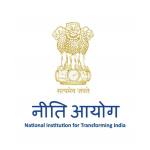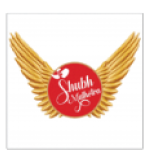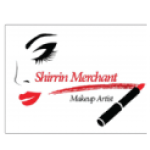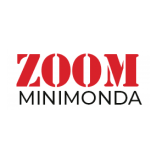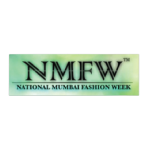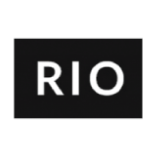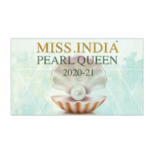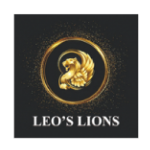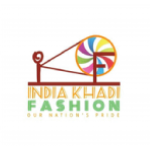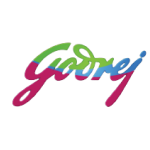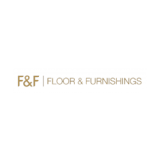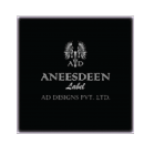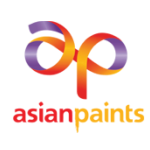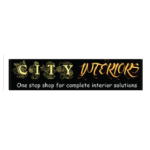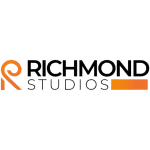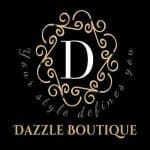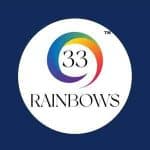Color theory is extremely important to any form of design you are doing. (I know it’s going to sound a tad-bit mundane, but it’s quite important to brush-up on the basics right? Now pull-up your socks and let’s get on and ahead!) Color can bring your designs to life or bring them down which leaves you with unsold products. When designing fashion, you’ll be dealing with colors at large, so it’s important to understand which colors go well together, the way to create those colors yourself, and also the proper color terminology you want to communicate with others within the fashion industry.
Fashion Color Theory – Differences on Primary Colors
We’ll start with the fundamentals of color theory and its related redundancy. The color wheel is quite an essential tool for fashion designers and comes in very handy when picking and deciding the color palette for your designs. the color wheel, which may be a wheel, or a circle, shows the spectrum of colors and their association to each other. the customary number of colors on the wheel are 12, though few people utilize up to 24 hues.
Primary colors are something that you simply may or might not be acquainted with. The normal primary colors taught are Red, Yellow, and Blue. There’s some disagreement and argument on why red, blue, and yellow are literally not the primary colors. Some people favor CMYK (Cyan, Magenta, Yellow, and Black, also referred to as Key), or CMY, as the primary colors. You would have possibly have noticed that your printer test prints and uses CMYK ink cartridges. Others still argue for RGB – Red, Green, and Blue – claiming as the primary trio.
What Makes Up the Color Wheel?
In addition to the primary colors RYB (red, yellow, and blue), secondary and tertiary colors also exist on the color wheel. The secondary colors are inclusive of violet (or purple), green, and orange; these are made by mixing the primary colors with one another. Combining the primary and secondary colors together gets you blue-green, yellow-green, yellow-orange, red-orange, red-violet, and blue-violet – the tertiary colors. These 12 hues constitute the color wheel.
Color VST – Value, Saturation and Temperature
Have you heard of cool and warm colors? If you split the color wheel in half, the result you get is cool and warm colors. Greens, blues, and purples are the cools; yellows, reds, and oranges are the warms. Temperature is the term used, so if someone asks you what temperature a color is, you’d respond with either cool or warm. Among these, blue is the coolest while orange is the warmest color.
Value is the light or darkness of a color. If you hear someone say that a color features a high value, they mean that the color contains a light value and if someone says a color features a low value, they mean that the color incorporates a dark value.
Saturation is how intense, or pure, a color is. A pure blue could be a blue with no other colors added.
Well this was the basic idea on how each and every color make up for a primary task to combine in fashion designing. I know you must have had more questions; to which we’ll be obviously coming back to in the next article. We- you and I, are pretty aware that this discussion isn’t ending here and there’s a pretty long way ahead. To keep up with such technical ideas with hands-on experience and not just reading it right here, jump on to fashion designing courses at NSAM Insitute of Design and let us take care of the rest!



